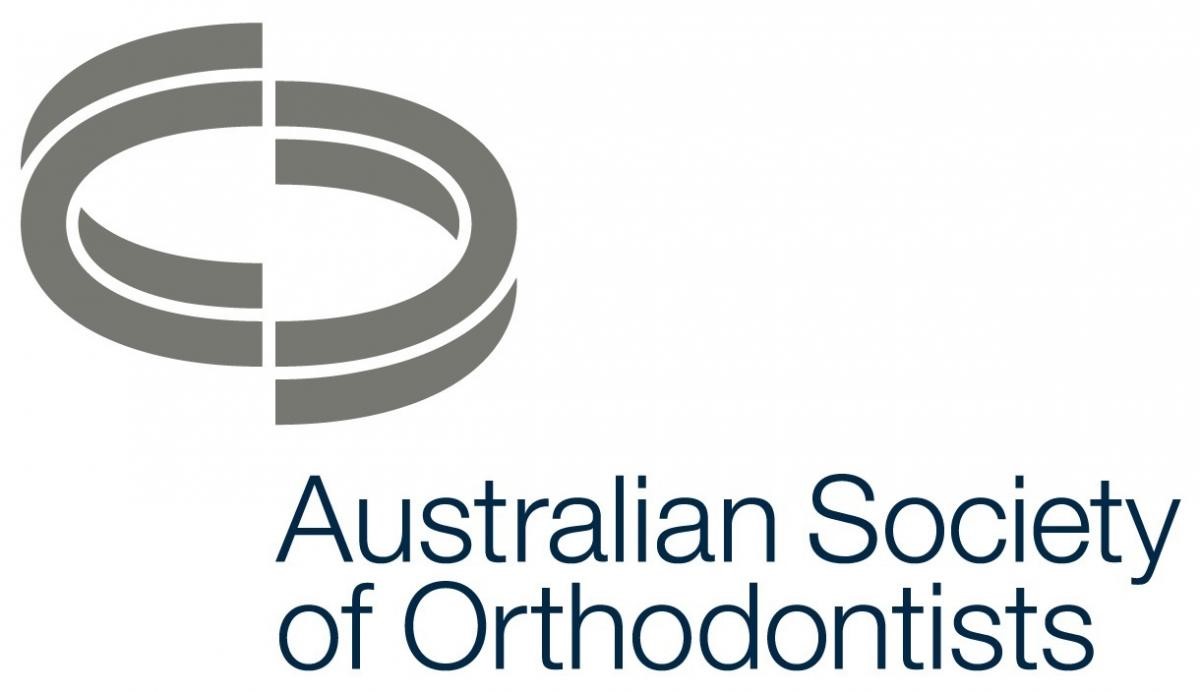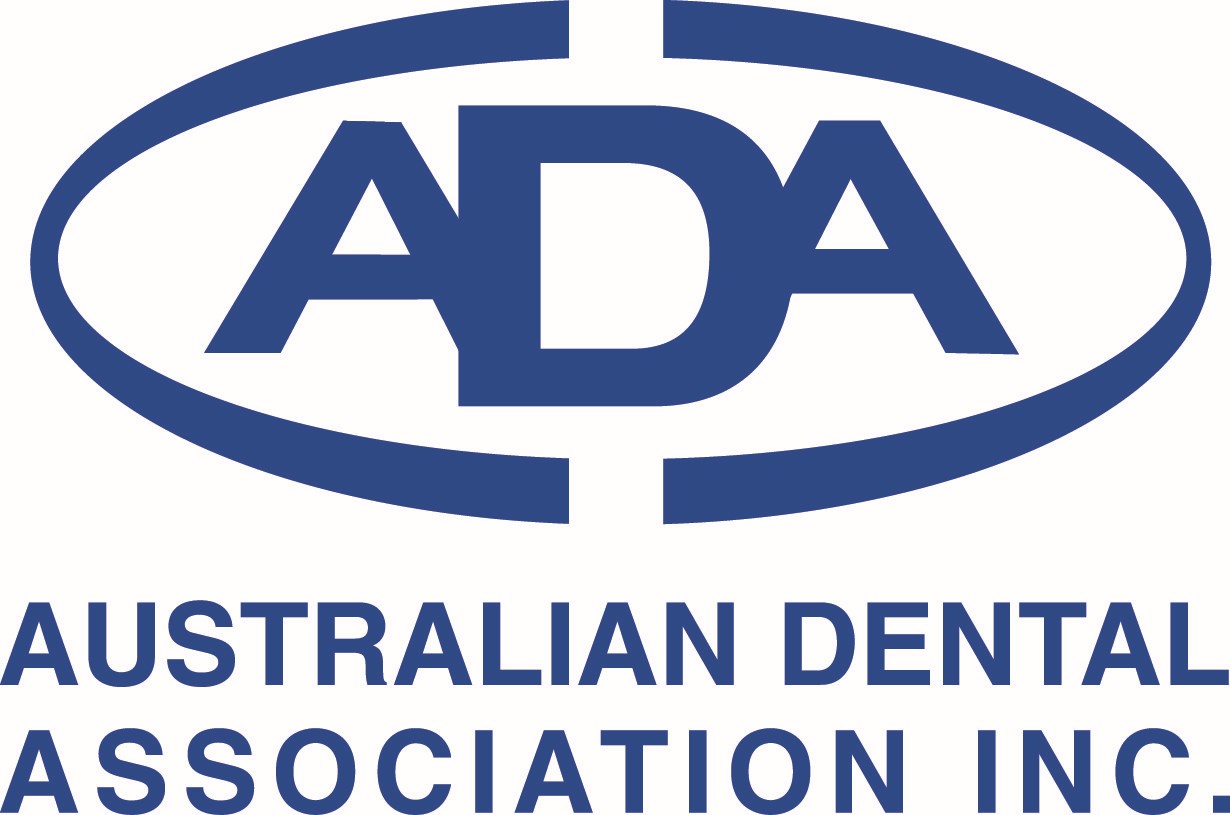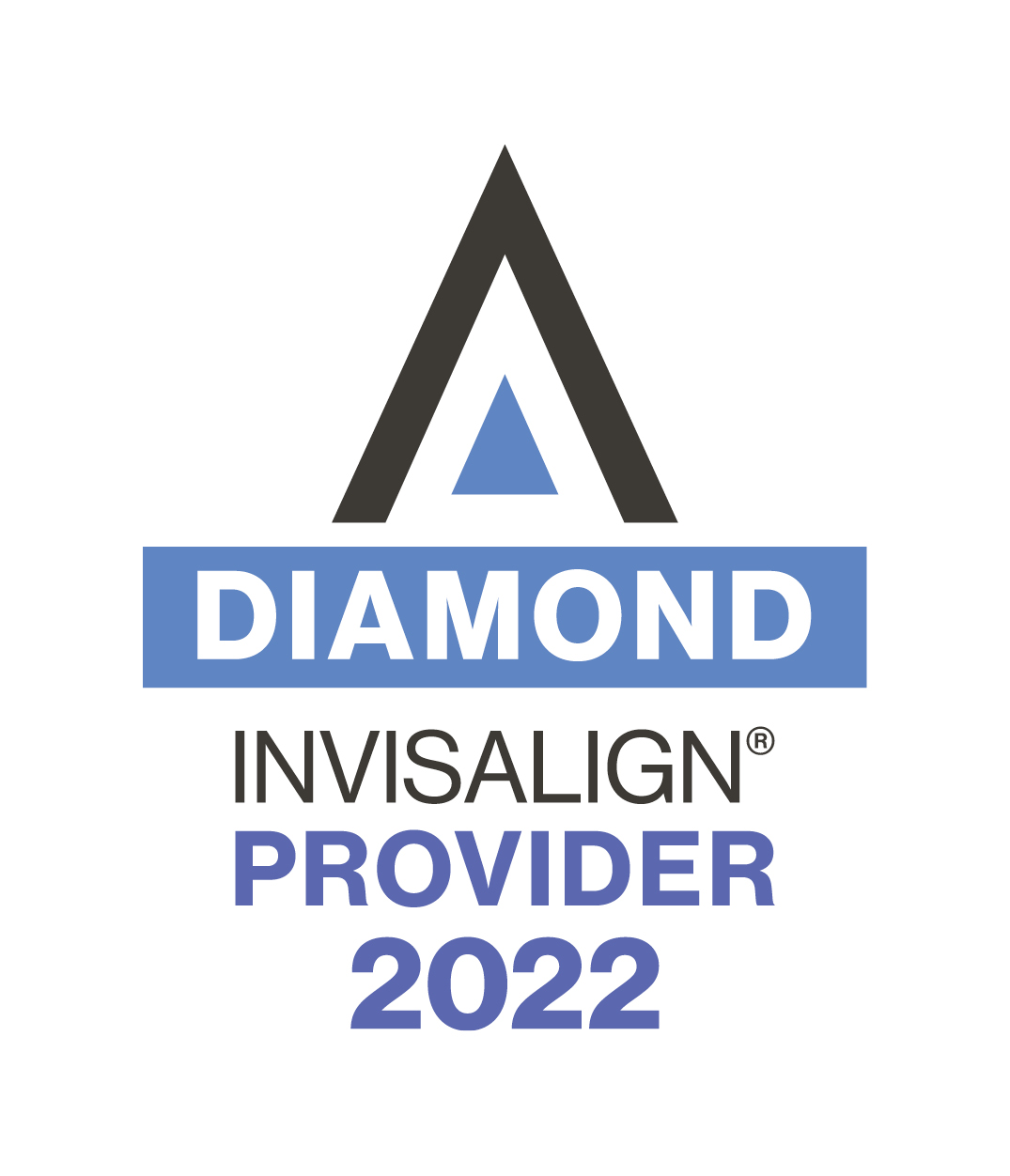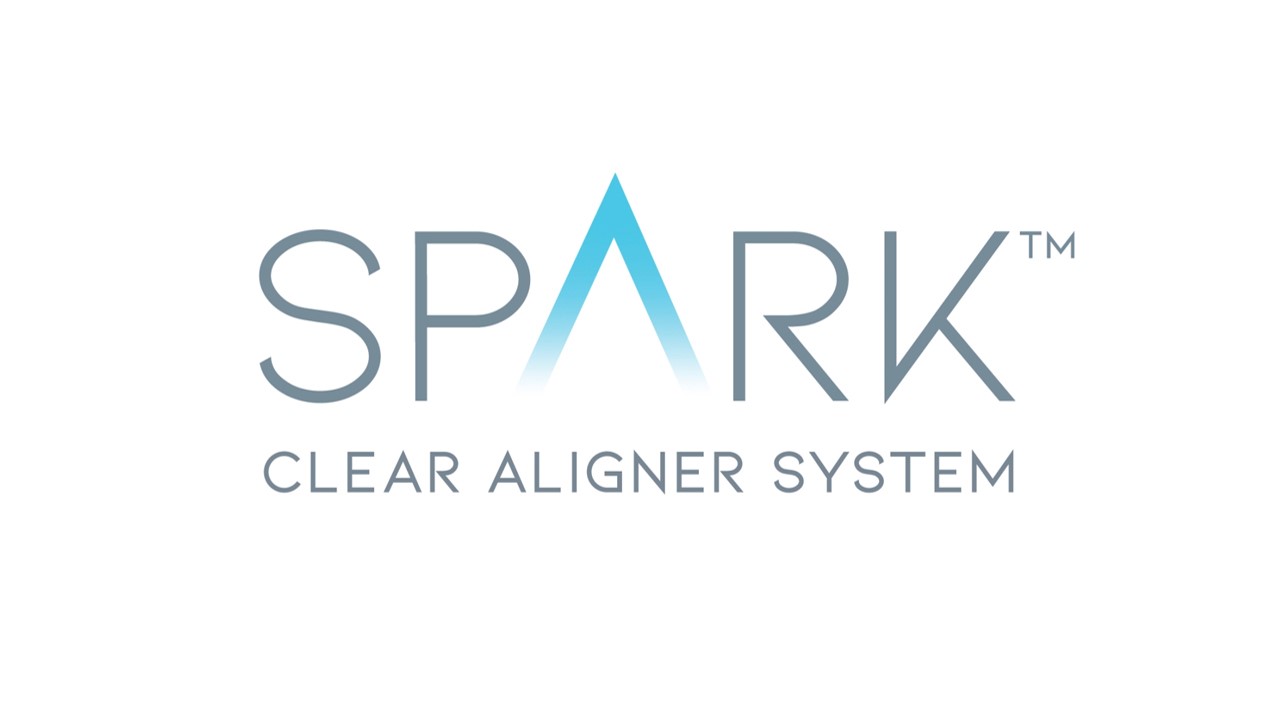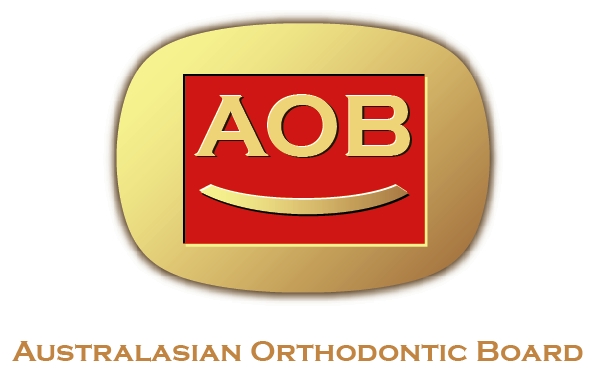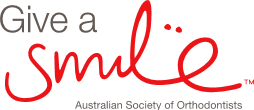ORTHODONTIC PLATES
An orthodontic plate is a custom-made, removable dental appliance used to treat minor issues. Plates can help widen the upper jaw, create space for permanent teeth, correct small bite discrepancies and straighten teeth.
TREATMENT WITH REMOVABLE DENTAL PLATES
If you or your child are dealing with minor teeth discrepancies, orthodontic plates may be the most beneficial treatment option for you.
During treatment, our specialist orthodontists will schedule regular appointments with you to inspect your removable appliance and adjust the wires or plastic as needed to guide you or your child’s teeth into the correct alignment.
While the plate may take a few days to get used to, speech and saliva flow should return to normal once you adjust to the appliance.
You can remove your orthodontic plate for cleaning or eating. When taking out the plate, ensure that you put it in an important place in its protective container to avoid damage or loss.
HOW DOES A REMOVABLE ORTHODONTIC PLATE MOVE TEETH?
Retainer plates are sometimes known as “passive plates”, meaning they hold your teeth in their current arrangement. Whereas an “active plate” is an orthodontic plate that makes minor adjustments to move your teeth into the correct position. Usually, an active plate will look like a passive retainer.
Passive retainer plates are usually introduced after a brace treatment is complete to ensure a perfectly straightened smile and bite are kept in place.
Removable orthodontic plates are used for a variety of reasons, such as underbites or cross-bites of the front teeth, narrow arches, or due to teeth blocking adult teeth from coming through. Our orthodontist will adjust these plates as necessary to help move teeth to the necessary position or create space where required.
TAKING CARE OF YOUR ORTHODONTIC PLATE
It is imperative to store your retainer in a safe place, out of reach of heat or pets.
We suggest not carrying your retainer in your pocket, as it might bend, break, or fall out. Use a hard case as protection and storage for your retainer.
If you break or lose your retainer, it’s important to get in touch with your orthodontist immediately to prevent your teeth shifting back in their original place, which can happen instantly.
Impressions are taken of your teeth by taking a digital intraoral scan to create your plate. You will be required to advise your orthodontist immediately to find out the best way to create a brand new orthodontic plate. The sooner you can do this, the better for your teeth.
Smarter thinking for growing teeth
Orthodontic plates are often given to children at around 8-13years. An Orthoworx Orthodontic Plate can help treat minor issues now, so that they fail to become serious and costly issues as your child becomes an adult.
To see if an orthodontic plate could help treat you or your child’s teeth, book an appointment with our trained orthodontic specialist at our Chatswood or Zetland practice.
ORTHODONTICS FAQ
When it comes to removable orthodontic plates or retainers, rules vary depending on your orthodontist and your specific treatment needs. A typical guideline for a removable orthodontic plate is to wear it full-time for 6 – 9 months except when eating or during cleanings. After several months have passed and you’ve been given approval by a professional, you may be able to cut back on wearing the retainer every night.
Contact our staff to book an appointment for orthodontic plates.
Orthodontic plates are generally less expensive than braces. While treatment prices may vary between patients, a plate should range around $800-$2500.
Each orthodontist has different care techniques for orthodontic plates, but the easiest way is as follows. Rule of thumb, you should clean your retainer every day and give your teeth an adequate clean, and rinse prior to putting it back into your mouth. Avoid cleaning your orthodontic plate with toothpaste as it may be too abrasive. Instead, use a tiny bit of hand soap and a spare toothbrush to clean your retainer. Soaking it in an anti-bacterial denture solution weekly will help kill off bacteria and maintain freshness. If you don’t have the following on hand, you can soak the orthodontic plate in a solution of lukewarm water, and mild vinegar to remove stubborn tatar. Do not soak your orthodontic plate in scalding water as it can damage and warp the plastic mould.
While braces and orthodontic plates are both orthodontic treatment solutions and appear similar, they in fact have different uses. Braces are usually bonded to the teeth with wires and brackets, and overtime, align and straighten a person’s teeth position with regard to a person’s bite. Orthodontic plates, however, are made of hard acrylic and plastic, and feature wires, screws and springs. Orthodontic plates are ‘removable’, fitting around the top and bottom teeth. Orthodontic plates are usually worn after braces and used to make small corrections to teeth, or hold teeth in their correct position.
At Orthoworx, our experienced team is dedicated to giving you the best smile possible. However minor the correction, we strive to give you an orthodontic plate of excellent quality and tailored-made to treat your needs. We provide sublime customer service and use the most advanced orthodontic treatment techniques and modern equipment. Driven by our lead orthodontist, Dr Chan and his in-depth clinical expertise, our dedicated team endeavours to make your experience as comfortable as possible.














